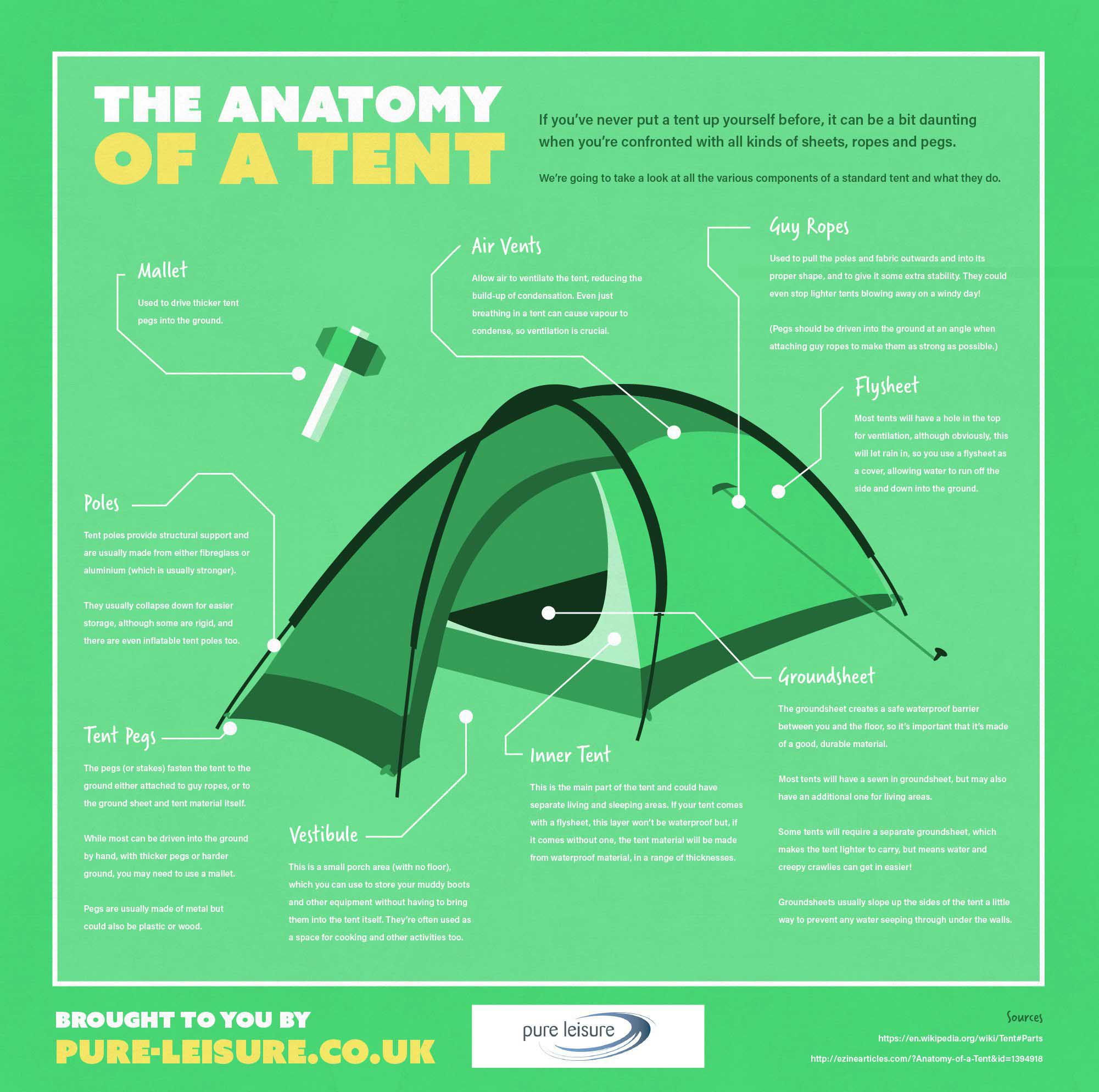Angles play a vital function in building and construction. They affect security, stamina, capability, and also visual appeals. Builders utilize various kinds of angles for structures, foundations, building materials, and a lot more.
From famous bridges like the Golden Entrance Bridge to everyday commercial storehouses, steel angle bars are a necessary component of numerous steel frameworks. Their toughness and toughness make them an excellent material for supporting heavy tons and standing up to ecological obstacles.
Toughness
In the building and construction sector, 90 level angles are essential for keeping structures solid and secure. They can be found in many jobs, including foundations and structural frameworks. They likewise aid disperse the weight of a structure equally and avoid shifts or breaking.
In business structures, steel angle is often made use of to attach or reinforce metal stud framework. Its toughness indicates it can hold up against heavy lots and last for many years, making it a prominent option in industrial workshops.
Additionally, the convenience of steel angle permits it to suit a variety of building styles. This versatility is enhanced by its large range of sizes and thicknesses, which allow architects and designers to personalize their frameworks. Rounded edges also minimize anxiety concentrations and enhance buckling strength, specifically in end-notched beams. This permits them to be incorporated into bigger structures, like roofing trusses, without compromising their honesty. The synthesis of robust strength and adaptability makes steel angle an important possession for creating large, complicated structure structures.
Resilience
Architectural stability is critical to the longevity of windows and doors, guaranteeing that they can withstand environmental stresses gradually. Using welds and company joints, along with reinforced edges, assists decrease the risk of failing and minimizes upkeep costs.
The 90 degree angle is a staple in building jobs as a result of its ability to provide stability and stamina. Nonetheless, designers also use other kinds of angles in their layouts to attain details objectives. For example, bent inside edges boost architectural security in stone structures by distributing tension uniformly.
Various other applications of the L-angle consist of constructing bordering and yard and landscape components. The sturdiness of these pieces allows them to stand up to the aspects and develop defined boundaries in gardens and sidewalks. They are likewise an eye-catching choice to bulkier products and can enhance the all-natural forms of outdoor spaces. Finally, the toughness of steel angle sustains environment-friendly construction practices by decreasing resource usage and prolonging the life of buildings.
Versatility
The ideal angle is a critical item in the structure of many all-natural and manufactured structures. The right angles are located in squares, rectangular shapes and triangulars and aid the forms hold their strength grocery bag and stability. Engineers rely upon the ideal angle to construct and make buildings, bridges and other frameworks.
Flexibility is the capability to move one or more joints with a variety of activity without injury. As opposed to even more general or systemic health and fitness parts, versatility is very particular to individual joints and might vary substantially between people. This makes it difficult to establish an organization between a particular adaptability examination and health outcomes in young people.
This phase presents an overview of what is presently found out about the partnership between adaptable motions and health end results in youth. It discusses physiology that underlies the partnership between flexibility and wellness, and evaluates commonly made use of versatility examinations. The phase also takes a look at the strengths and constraints of existing data regarding these connections.
Aesthetic appeals
Whether you make use of an edge for a shelf or as an area to display your collection, the angle forms exactly how it's viewed. Contours evoke gentleness and approachability while angles bring structure and energy. When used with each other, curved and angular layouts produce an unified balance that really feels contemporary and innovative.
Scientific research study demonstrates that people choose rounded edges, even when they're not purposely familiar with it. They're easier on the eyes and lower tension by decreasing cortisol levels in the brain. Scientists believe this is because sharp angles trigger the amygdala, triggering a risk action similar to that of thorns or claws.
Rounded forms are likewise a trend in interior decoration, and they're expected to remain to dominate the electronic world. Anticipate squircles and waved edges to come to be much more noticeable in UI/UX and in home design, as well as AI-driven devices that optimize edges based upon individual actions (16 ). In the future, they'll provide security while maintaining sophistication, beauty and approachability.
